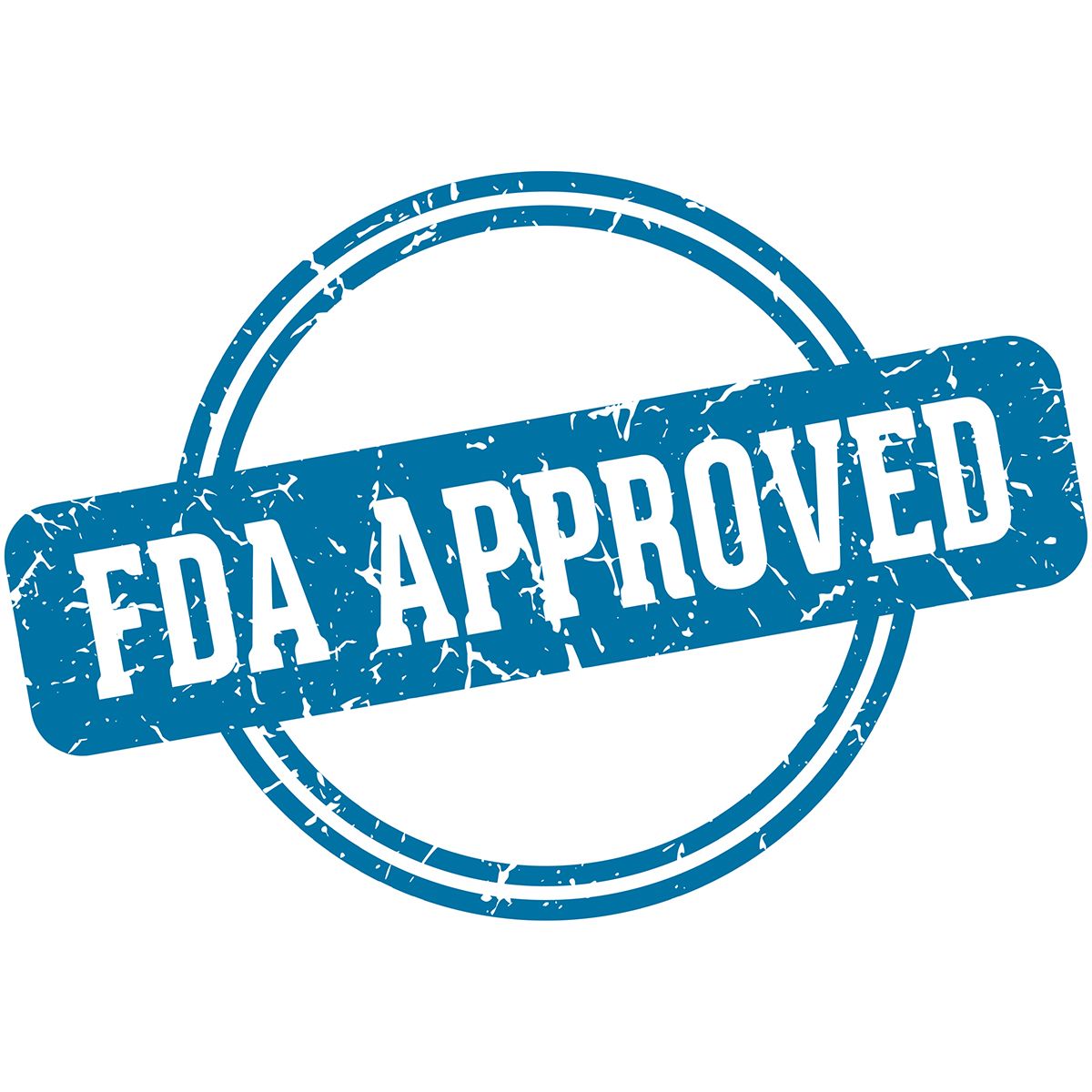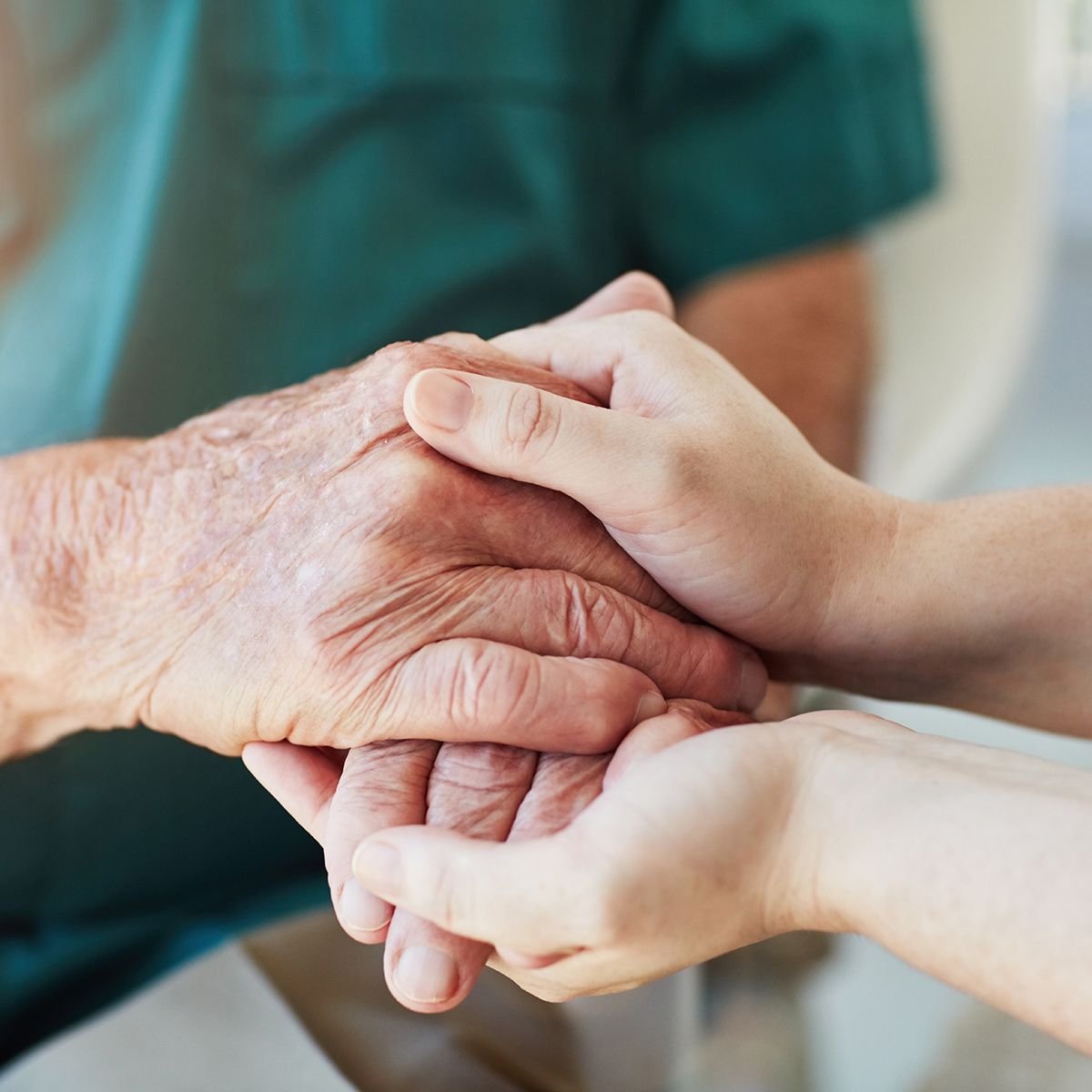Article
Expert Discusses Immunotherapy's Promise in Hodgkin Lymphoma
Author(s):
Opdivo had promising response rates in a recent trial testing the treatment in patients with relapsed or refractory Hodgkin lymphoma.
Regardless of previous treatment with Adcetris (brentuximab vedotin), patients with relapsed or refractory Hodgkin lymphoma who had autologous stem-cell transplant (ASCT) and then were treated with Opdivo (nivolumab) had high response levels, according to the latest data from the phase 2 CheckMate-205 trial.
In the study, 77 percent of enrolled patients had stage III or higher disease. The overall response rate was 65 percent in ADCETRIS-naïve patients, 68 percent in patients who received ADCETRIS after ASCT, and 73 percent in patients who received ADCETRIS before and/or after ASCT. The complete response (CR) rates were 29 percent, 13 percent, and 12 percent, respectively.
“We have found the dosing is quite manageable and this is generally the type of treatment that patients can continue being on for the rest of their lives,” said lead study author Michelle A. Fanale, M.D.
In May 2016, the FDA granted Opdivo accelerated approval for the treatment of patients with classical Hodgkin lymphoma that has relapsed or progressed after autologous hematopoietic stem cell transplantation and post-transplantation ADCETRIS, based on findings from the CheckMate-205 and CheckMate-039 trials.
Can you discuss the phase 2 study?
How do these results impact the treatment landscape?
In an interview with CURE, Fanale, associate professor, Department of Lymphoma/Myeloma, Division of Cancer Medicine, The University of Texas MD Anderson Cancer Center, discussed the latest CheckMate-205 data and the next steps with Opdivo in Hodgkin lymphoma.This was a phase 2 registrational trial of Opdivo for patients who have relapsed classical Hodgkin lymphoma or had already previously undergone ASCT. There were different cohorts of certain patients who had previously received Adcetris, whereas other patients had not previously received Adcetris.These results are very applicable for seeing patients and taking care of them on an everyday basis. Opdivo was approved in the United States in May 2016 for the relapse/refractory patient population who have classical Hodgkin lymphoma or need a fourth-line of treatment.
What was seen from this registrational trial, which is also similar to the Keytruda (pembrolizumab) phase 2 trial, was that both of these drugs work well, even for patients who previously had been resistant to Adcetris or had progressed after Adcetris treatment.
What are the next steps following this research?
What was seen across the board was that the drug works very well overall. It saw a 70 percent response rate and the CR rate ranged anywhere from 15 percent up to almost 30 percent for the patients who were Adcetris naive.The next steps are to potentially look at Opdivo in combination with Adcetris. There are a couple of updates being presented here at the meeting. There is the phase 2 second-line pre-ASCT and there is a data update that will be given by Dr Alex Herrera. There is also the ECOG trial, that looks at Adcetrisplus Opdivo as a doublet that includes patients who are third-line and greater.
Is Opdivo being looked at in combination with any other regimens that you find exciting?
What are some remaining challenges that you would like to see addressed?
There are two ongoing Hodgkin lymphoma trials looking at elderly patients. The first is an investigator initiated trial. Additionally, there is a separate sponsored clinical trial looking at this doublet for patients who otherwise wouldn’t have been good candidates for chemotherapy, either because of age or organ issues.Opdivo is also now potentially being looked at in combination with some HDAC inhibitors both in Hodgkin lymphoma and other lymphoma subtypes. What is very interesting with this drug is the fact that the PD-1 inhibitors have quite broad applicability. They were initially approved for solid tumors and now have gained traction, particularly for patients with classical Hodgkin lymphoma. They also hold a lot of applicability for B-cell non-Hodgkin lymphoma. Additionally, they are being looked at in T-cell lymphoma, too. In my opinion, one of the remaining challenges is similar to when Adcetris was launched. We still don’t know what the ideal length of time the treatment should be. Is a partial response almost as good as a CR?
In this setting, you can see durations of remission for patients in partial remission almost approaching what you would see for durability with CR. I think it is important to understand what the level of response means and that we should always be driving for CR.
Additionally, it is also important to understand more about retreatment. Right now, some of the patients within a cohort of the original Opdivo phase II trial have gone on to retreatment of their CR, which was already lasting greater than a year. When they came off the trial, they had disease progression at a later point. However, there isn’t a big data set yet.
Another issue is knowing how to balance treatment with the potential allogeneic stem-cell transplant. For the data that’s being presented at this conference, we now have about 40 patients who have undergone an allogeneic stem-cell transplant who were treated in the Opdivo phase II trial. Generally, what we’re seeing is that there is the concern of if these patients are at higher risk for hyper acute graft versus host disease.
Overall, with a large number of patients treated, the risks have been the same as what you would see for any other patient with classical Hodgkin lymphoma going through an allogenic stem-cell transplant.
What are the key points that we should take away from this study?
While there are still certain cautions that need to be taken, I think that the evidence is going to conclude that it’s possibly not such a high level of caution that it would preclude doing an allogenic stem-cell transplant. The main takeaway is that Opdivo as a PD-1 inhibitor works well. It works at a general overall response rate of 70 percent independent of past treatment. The CR rates are somewhere between 15 percent to almost 30 percent, depending on the prior treatment. These remissions are durable, including patients on partial remission or even patients who have stable disease.
Also, this is a drug that patients can continue being on. For patients who were enrolled originally within this trial, about 40 percent of the patients remain on active treatment. We have found the dosing is quite manageable and this is generally the type of treatment that patients can continue being on for the rest of their lives. These patients can go to school or take care of their kids, or go to work, which is very important.




